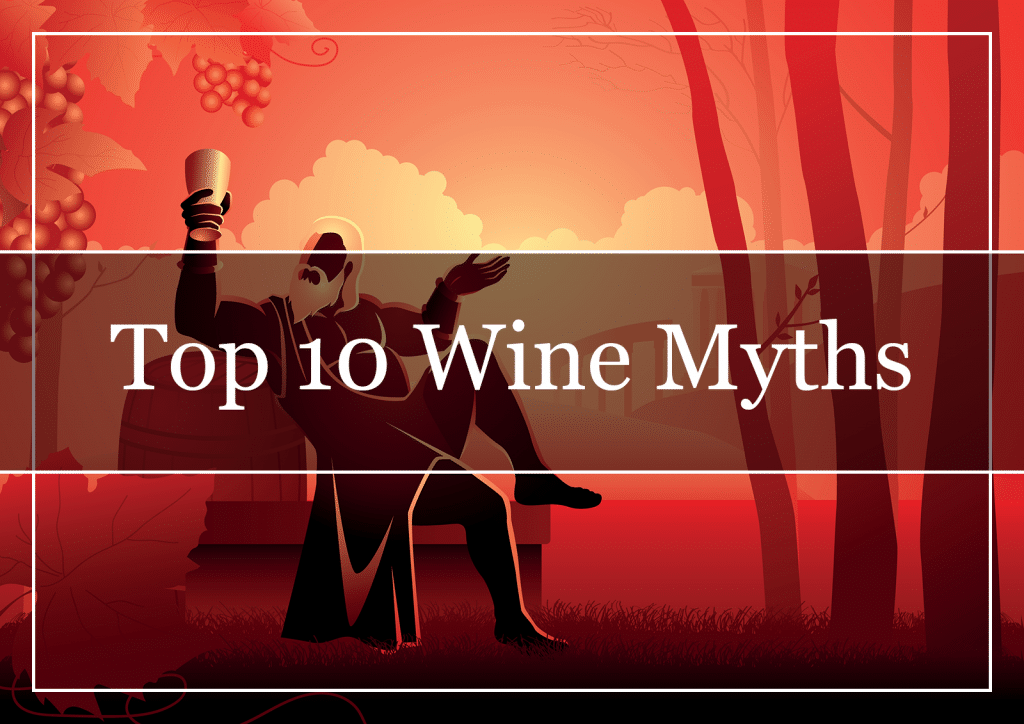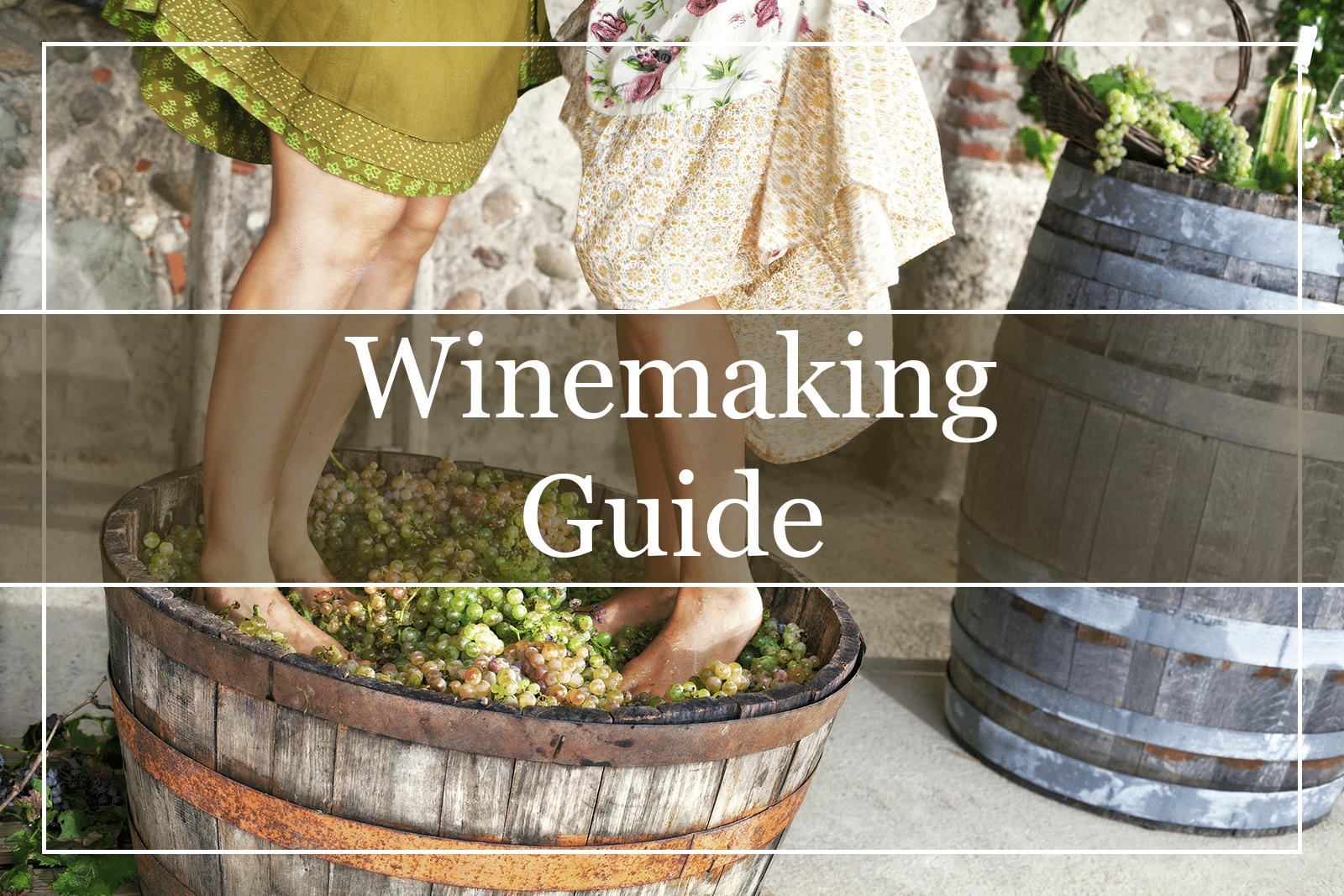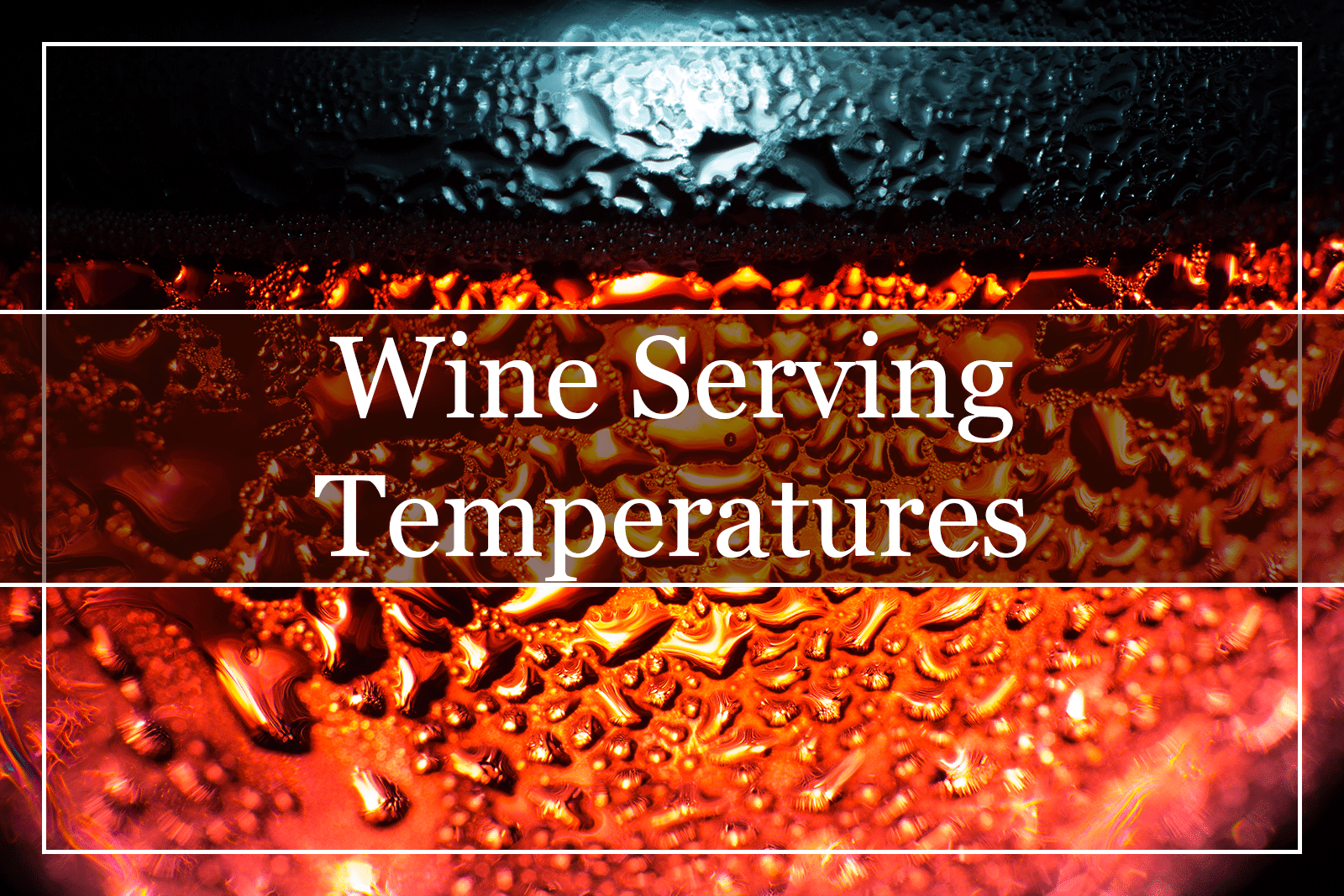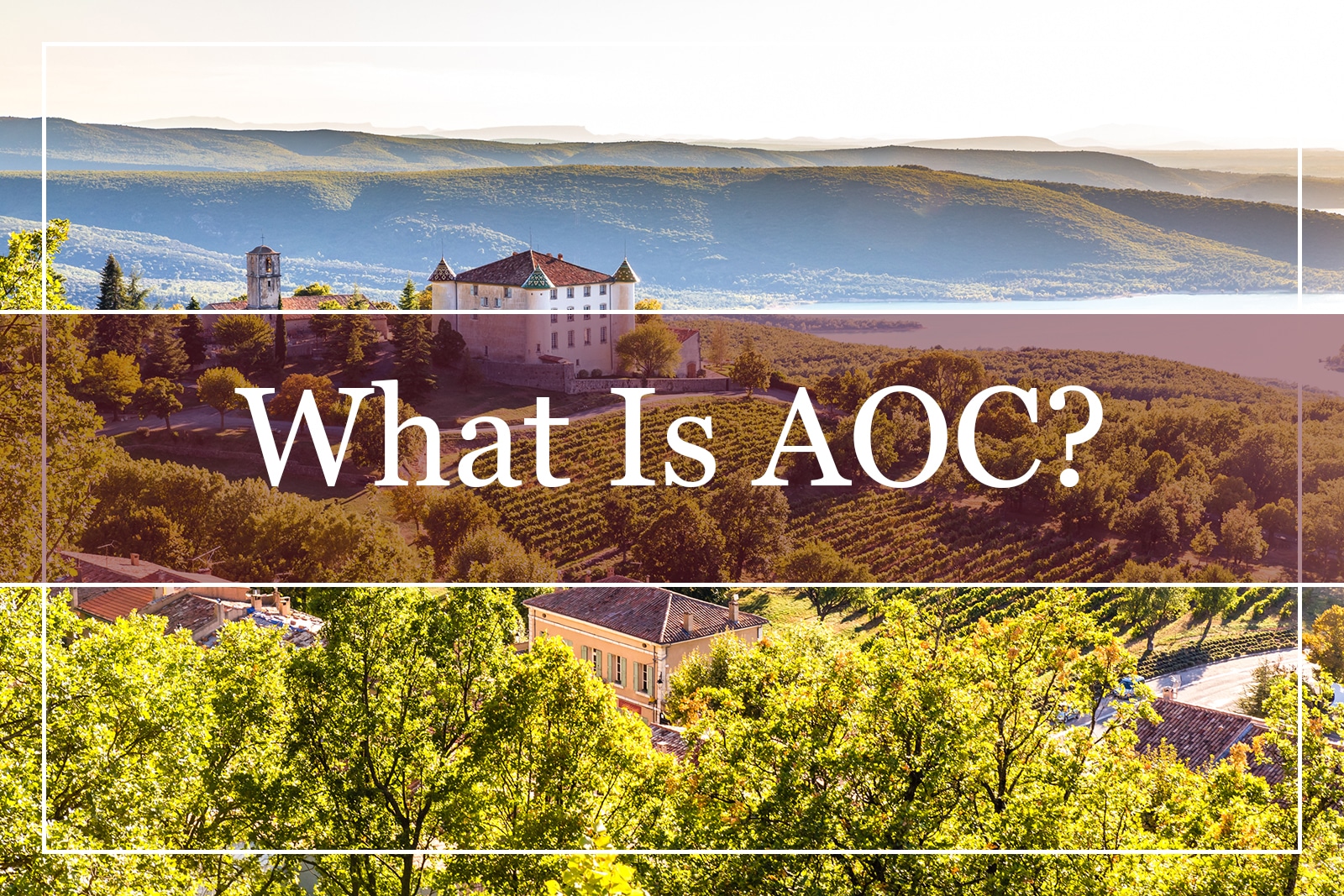There are many myths concerning wine. Most of them are really just misinformation and untrue. The following segments attempt to rectify some of the common deceptions about wine, setting the record straight.
Myth 1: Expensive Wines Are the Best
Sure, more often than not, that is the case, especially when it comes to the Burgundian Grand cru classé. That said, keep in mind that wine prices are greatly influenced by factors that may not be directly related to quality. For example, celebrity exposure, image, rating, scores, and appellation elevate prices without affecting quality. Wine types that are favorite among celebrities are not always of high quality or possess unparalleled complexity.
On the other hand, wines which are unknown to the general public producers and winemaking areas, such as imported wines, might be fantastic and offer phenomenal quality at an affordable price. That is especially true for Chilean Cabernet Sauvignons or Argentinian Malbecs. They are often priced ridiculously low but contain such dynamism that they surpass even some of the best Cabernet Sauvignon examples in quality. For this reason, these wines have extraordinary popularity and fly off the shelves. They are the definition of value-for-money wine.
Myth 2: The Heavier the Bottle the Better the Wine
A massive glass wine bottle is an indication that the winery made a solid investment in the packaging and presentation. However, that does not guarantee that the wine inside will be of exceptional quality. To put it in other words, all that glitters is not gold.
For the most part, a heavy wine bottle translates into a ripe, juicy, and jammy wine that has aged extensively in costly new French or American oak barrels. Some people are bound to find enjoyment in aged, woody-flavored wine. Others, though, may not fancy toastiness so much. People have different palates, after all. So, a wine considered tasty by some might not be so palatable for others.
Myth 3: Poor Vintage Equates Bad Wine
In general, vintage ratings are helpful as broad indicators of the weather conditions of a winemaking region in a particular year. However, without exception, vintages give both fantastic and poor wines. In the end, the quality of any wine depends on the winemaker’s skill and less on the climate’s caprices.
Vintage Champagne
In Champagne, the wine should only come from a single year. However, some appellations in different regions enable a tiny percentage of grapes from other years to be included in the blend. In areas with considerable vintage variation, such as Champagne, vintage wines will only be made in the best years and thus command a premium price. In other regions, vintage wines are made more frequently and may not be held in the same esteem.
The Story of Vintage Port
Port producers must register their intention to release a Vintage Port in the second year after harvest. And the wine has to be bottled no later than the third year. All aging before bottling happens in either large oak vessels or stainless-steel tanks, and the wines are unfiltered and unfined. On release, these are the most concentrated and tannic Ports. Several wine fans seem to appreciate them young, but these wines can age in bottles for decades. As they age, they will obtain heavy sediment, so they require decanting before serving.
For producers, a Vintage Port is their start wine, made on average three times a decade. They are a blend of the best wines from a producer’s finest vineyards. It is up to a producer to declare a particular vintage. For instance, some wine houses declared 1991 as a vintage year, while others chose 1992 or 1993. The general agreement was that 2000, 2003, 2007, and 2011 should be declared, though.
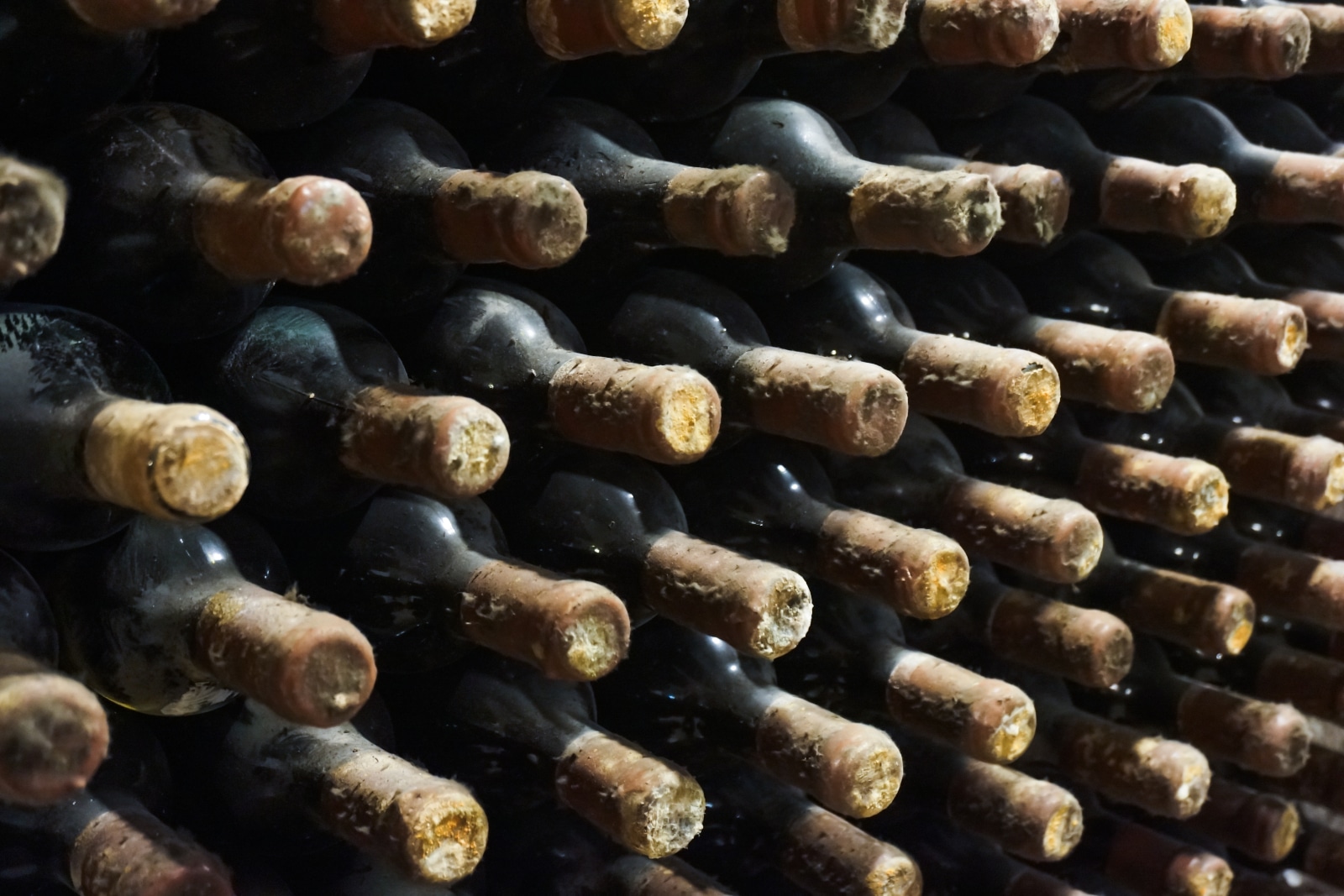
Single Quinta Vintage Port
Single Quinta Vintage Ports are the products of a single estate or Quinta. The name of the Quinta appears on the label as a brand. Some small producers who own one Quinta will only declare a vintage in the years with the best harvests. Large producers who own several Quintas have a different approach, though. In the best years, they will use their best Quinta wines to make a Vintage Port.
In years that are not good enough for a vintage to be declared they will release their finest wines as Single Quinta Vintage Ports. These wines are considered less prestigious than their Vintage Port, but still, they are of high quality. Further, it is quite common for these producers to age their single Quinta wines after bottling and release them when they are ready for immediate consumption.
Myth 4: Only Red Wine Can Age
That sentiment could not be further away from the truth. In fact, white wines can age as much as red. German Rieslings, for example, can become incredibly complex after extensive maturation. On top of this, bone-dry whites from diverse winemaking regions, such as the Loire Valley, southern Spain, and Western Australia, as well as Sauternes and vintage Champagne, are more age-worthy than the average red wine, too.
The consensus is that aged wines deliver an entirely distinct flavor profile from youthful wines. Therefore, once in a while, pull out an older white wine from the cabinet. Take a sip and see how the flavors have developed over time and where they are taking you. After maturation, white wines usually develop heavy aromas and flavors with a focus on nuttiness and toastiness. Expect to sniff and taste notes of almond, hazelnut, dried apricot, marmalade, charred wood, clove, cinnamon spice, and petrol. Additionally, as the wines age, they also increase their body structure and obtain extra weight, resulting in a much plusher wine-drinking experience.
Myth 5: Sweet Wines Are for Amateurs
There is a notion that sweet wines are only for beginners in wine tasting, not educated palates. On the contrary, some of the world’s greatest and most complicated wines are sweet. In fact, some of the most age-worthy sweet white wines are Sauternes, Eiswein (ice wine), Trockenbeerenausleses (TBAs), and complex Muscats. Apart from being lusciously sweet, these wines are immensely flavorful, too. They have such a diverse range of flavors and aromas that they mostly appeal to educated palates. In fact, only people experienced in wine tasting can discern, understand, and analyze the complexity of their tasting notes.
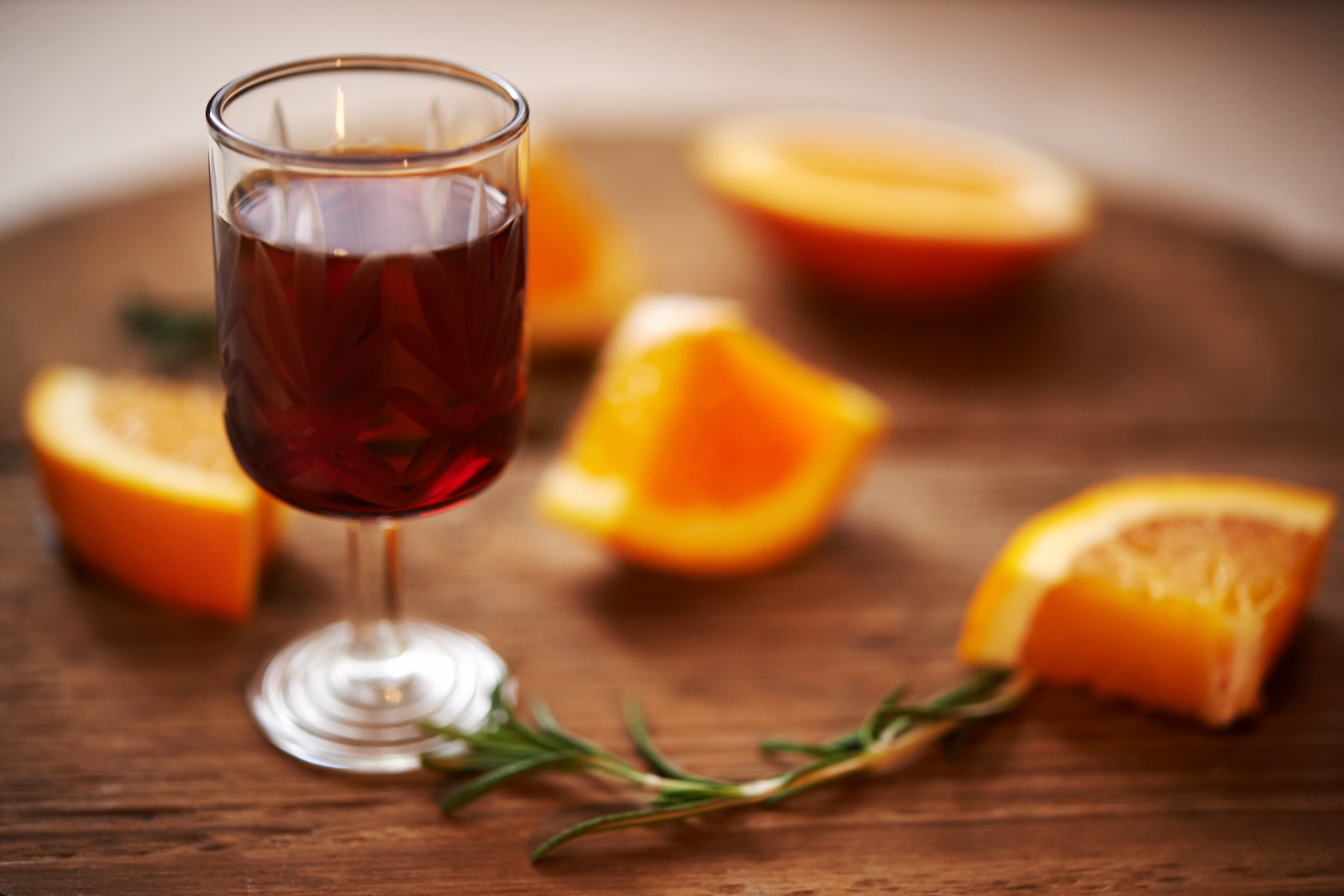
Myth 6: A Complicated Process
As a final note, to understand how complex some sweet white wines are, consider that most cannot be produced every year. That is because the conditions affecting their sweetness do not occur on a year-to-year basis. There are two types of luscious sweet wines: Ice wines and botrytized ones.
Producing ice wine has to do with letting the grapes freeze on the vine way into the winter. When temperatures reach freezing point, the water in the pulp becomes ice. When the grapes are picked and pressed, this ice remains in the pressing machine while the sugar content of the resulting juice is increased. This technique is used to produce Eiswein in Germany and Ice-wine in Canada. These wines have a pure, uncompromised varietal character. The same effect is replicated by wineries, where winemakers artificially freeze the grapes to produce their own version of ice wine.
The Botrytis Effect
As to the second category, these wines are made from grapes that have been affected by Botrytis Cinerea, a fungus responsible for causing the fabled noble rot. When the grapes are fully ripe and grow in a region with misty mornings and sunny, dry afternoons, such as in the Rhine region in Germany, the development of the rot is enabled. Botrytis punctures the grape skin with tiny filaments, leaving small holes. Then the warm sunny afternoons slow the rot development, causing water to evaporate from the grapes, thus increasing sugar and flavor concentration.
The fungus imparts its own flavors in the grape, with the wine produced from such grapes shows honey, citrus zest, dried fruit, and pronounced apricot elements. Some of the finest sweet wines are produced by noble rot, including Riesling Beerenauslesen and Trockenbeerenauslesen from Germany and Austria, Tokaji from Hungary, and Sauternes from Graves, Bordeaux.
Myth 6: Do Not Consume Wine Upon Release
For starters, most wines, even those that are meant for long-term storage and bottle aging, are perfect to drink upon release. That said, the better wines are going to age for up to a decade or more. For instance, Hungarian Tokaji can age for up to 100 years and maintain high levels of acidity and crispiness. As such, rare wines, such as Tokaji, indeed need at least a decade to reach their full flavor potential. However, remember that, it is far better to consume wine sooner rather than a day too late.
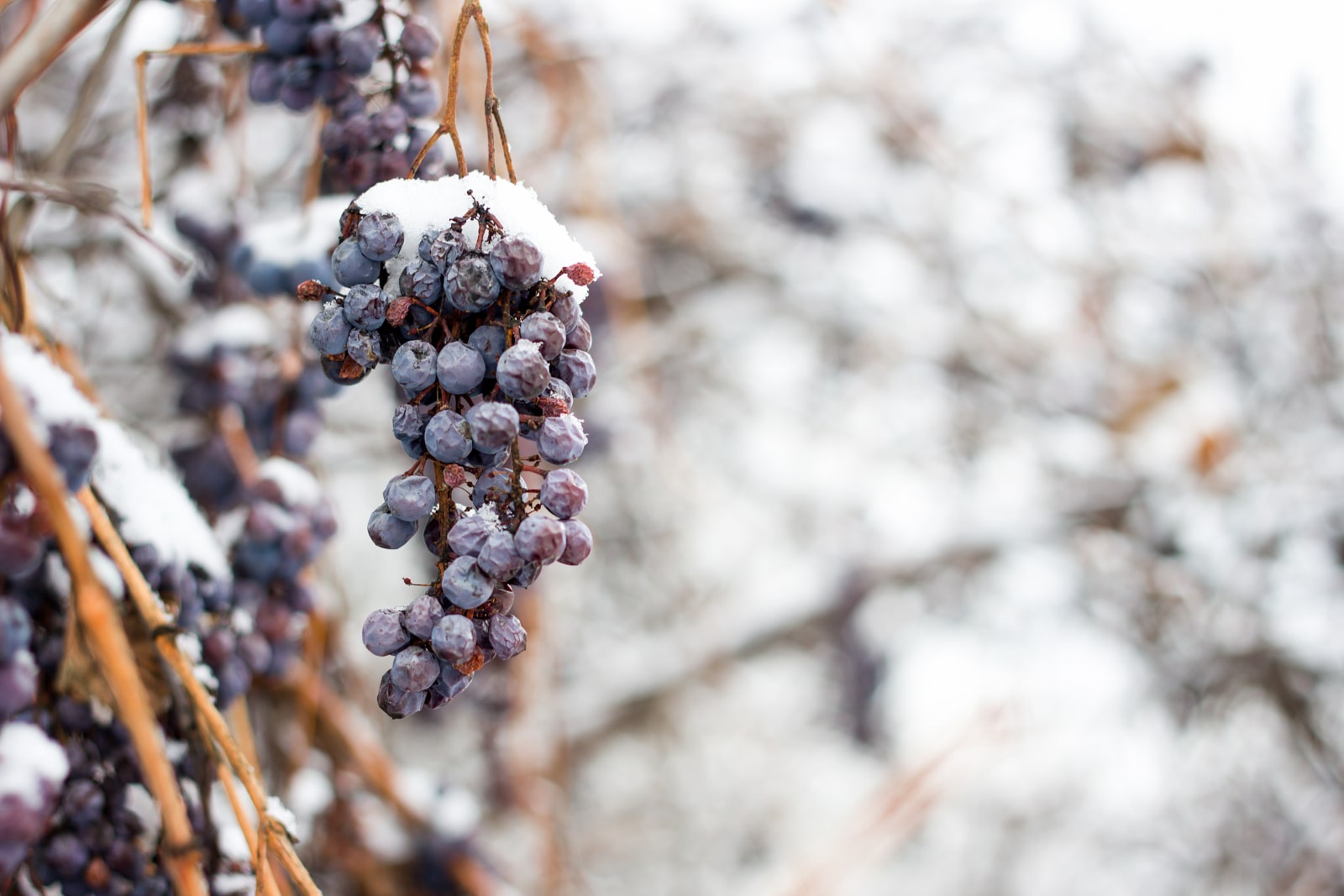
Myth 7: Tannic Wines Take More Time to Age
That is one of those wine myths that contains a portion of truth. In actuality, as time goes by, tannins drop out of the solution. Thus, there is the need to decant older wines. But, frankly, any wine that is unbalanced when young will remain so even after extensive aging. So, by aging it, you will not change its structure or polish to such an extent that it will transform into high-quality wine.
If a wine is too tannic, too acidic, or too alcoholic when in its youth, it will not have a very long life ahead, meaning that even if it ages, its structural composition is probably going to worsen. However, technically speaking, post-bottling maturation softens the tannins and decreases astringency in wine. On that note, bear in mind that viticultural and wine scientists are still unaware of the exact chemistry involved in the maturation process. It is widely agreed that any aging time should be spent undisturbed in a cool dark place, with a constant temperature at 50-60°F (10-15°C). Also, there should be humidity and, if sealed with cork, the bottles should be stored horizontally so that the corks remain moist, keeping the wine inside the bottles fresh.
Myth 8: Boutique Wineries Make Higher Quality Wine
There is a misconception concerning whether boutique wineries produce higher-quality and more authentic wine than typical wine houses. The truth is that determining what makes a wine authentic, is kind of challenging
Boutiques produce wine in small amounts, not in bulk, unlike most wineries, and are focused on specific vineyards. That could be a way to define authenticity. Biodynamic viticulture and fermenting in amphorae (i.e. Ancient Greek-style jars) could be related to authenticity, too. Modern winemaking practices involve many chemical components, which are against a wine’s naturality. That said, the winemaking techniques do not guarantee that one wine type is better than the other. Both wines are equally authentic. They are just produced under different conditions. Consequently, finding a wine that suits your taste and needs is far more significant than discovering a wine that is supposedly, deemed authentic.
Myth 9: Age Worthy Wines Are Always Corked
Screw-capped wines age just as well as wines closed with a traditional cork. Some wine aficionados might even argue that screw-capped wines age better than corked ones.
There are many wineries, particularly in Australia, that use screwcaps exclusively. However, when shipping wines to the United States or Europe, they change these screwcaps with classic corks because screwcaps are associated with a stigma. Even so, in Australia, premium red wines are often sealed with screwcaps. Ultimately, there is no technical, or any other reason that screw-capped wines cannot age as well as those with a cork.
Screwcap Closure Pioneers
As additional information, Australian and New Zealand producers pioneered the screwcap closure method. Screwcaps do not taint the wine and provide an impermeable seal from the air. Experiments show that screwcaps preserve the fruit flavor in the wine longer than cork. As such, they have gained popularity and are chosen for both white and red wines. In addition, the lack of oxygen transfer means that there is some debate regarding how well screw-capped wines mature. But, as previously mentioned, there is no indication that screwcaps do not help a wine age, just like corks. In every case, the research in this area is ongoing, and there is no definite answer whether screwcaps improve or decrease wine maturation, at least, as of yet.
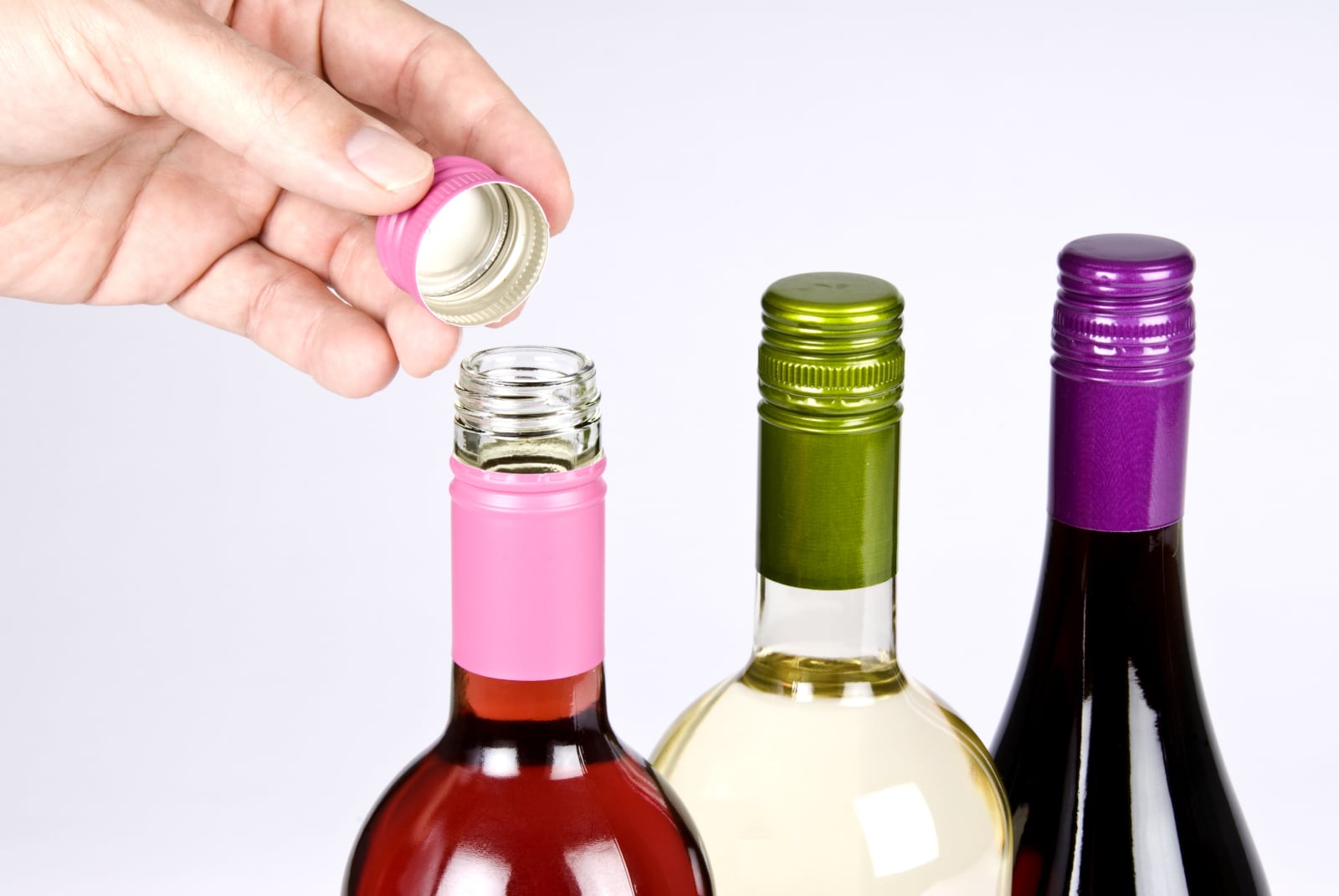
Myth 10: Big Wine Firms Never Make Great Wine
That is also not true. Big corporations have access to rich resources and dedicated, expertly trained winemaking personnel to produce high-quality, boutique-style wine in bulk. Sure, most of them do not focus on making the best possible quality wine they can, but those that do, offer incredibly intricate wines, usually of exceptional quality.
Bonus Myth: Red Wine goes with Meat, White Wine goes with Fish
Combining food with wine is not as easy as it seems. And it definitely is not as simple as this popular sentiment suggests. That said, as a guideline, this myth is not that far from the truth, but it is not a food and wine pairing rule, either.
If you have experience in wine tasting, you are aware light-bodied red wines combine perfectly with fish-based courses. Beaujolais nouveau, Bardolino, or Pinot Noir make a perfect match with grilled salmon. White wine just doesn’t cut it. In addition, pork or veal goes well with both red and white wines. Of course, that depends on how the dish is prepared. Delicious pork chops, for instance, complement a glass of Chardonnay or Cabernet Sauvignon equally. The point, though, is to enjoy your wine and food. In that regard, aim to accompany your favorite course with whatever wine you prefer, irrespective of color, type, or style.
Conclusion
Having reached the end of this article, we hope we helped you debunk some of the most popular wine myths.
On that note, be warned, since we may not have exposed every wine myth in existence. Just remember, especially when browsing online, that wine is a complicated subject, so treat everything you read with a grain of salt.

